
The Four Great Inventions of Ancient China
By Sarah

26 Sep, 2023

In the vast annals of Chinese history, a profound era of discovery and innovation unfolded, forever changing the course of human civilization. This story unfolds around the four great inventions of ancient China: papermaking, printing, gunpowder, and the compass.
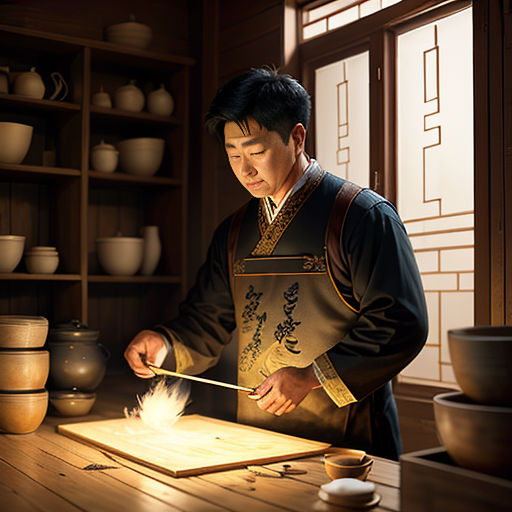
Our tale begins with the invention of papermaking, a revolutionary feat achieved by the ingenious artisan named Cai Lun. He had a deep-rooted passion for knowledge and a relentless pursuit of innovation.

Cai Lun's invention of papermaking brought about a radical transformation in the dissemination of knowledge. No longer were texts confined to cumbersome bamboo slips or animal bones.

This facilitated the spread of cultural, scientific and philosophical ideas, fostering a society enriched by intellectual growth. The invention of paper was indeed a cornerstone of societal development.

However, the demand for paper led to rampant deforestation, causing an imbalance in the ecosystem. Cai Lun's invention, though revolutionary, also had a negative impact on the environment.
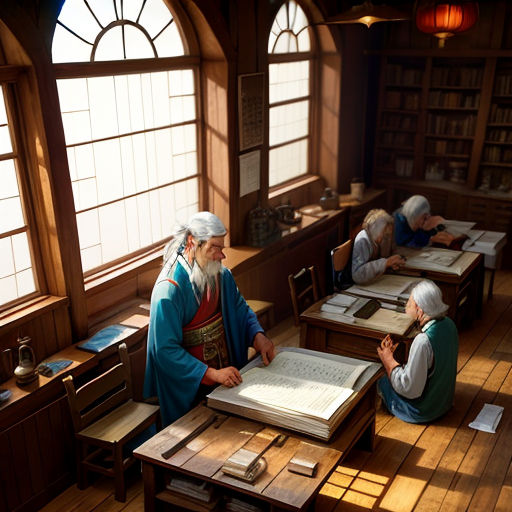
As the paper's popularity grew, another groundbreaking invention emerged: the printing press, attributed to Bi Sheng. This invention further boosted the spread of knowledge, making books readily available.
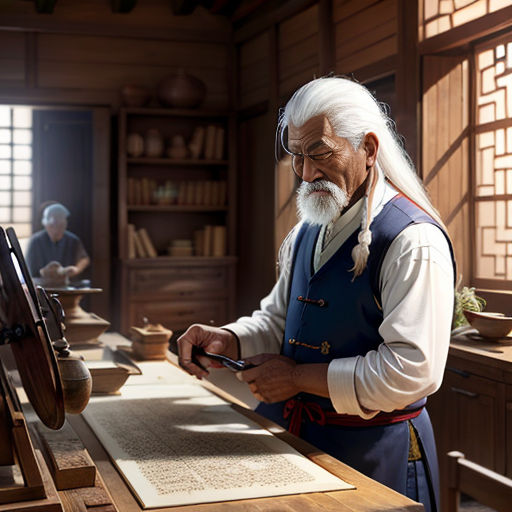
With the advent of printing, knowledge was no longer a privilege of the elite. Literature, arts, and sciences flourished, and cultural exchanges became more common.

Yet, the proliferation of printing also led to the spread of misinformation. Unverified information and deceptive narratives found their way into the public sphere, causing confusion and unrest.

The third great invention, gunpowder, was discovered by alchemists seeking an elixir of immortality. Ironically, their invention became synonymous with warfare and destruction.

Gunpowder transformed warfare, bringing about a shift from close combat to ranged attacks. It propelled technological advancements in weaponry, influencing the outcome of many battles.

However, the destructive power of gunpowder also led to countless casualties and devastating wars. It bred fear and hostility, casting a dark shadow over its scientific achievements.
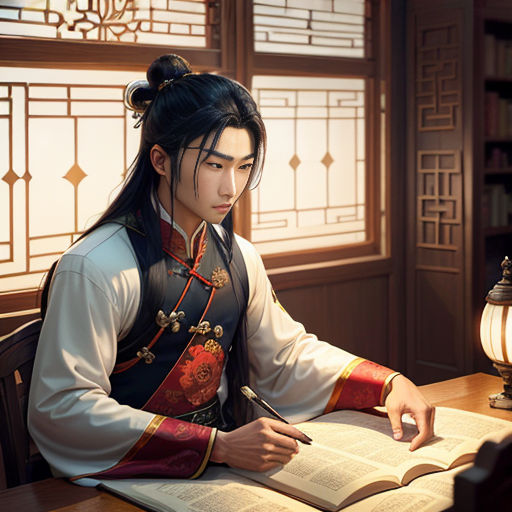
The fourth invention, the compass, was a beacon of hope for explorers. It was developed by Zhang Heng, a brilliant astronomer and geographer, who had a deep fascination for the stars.

The compass revolutionized navigation, ensuring safety for seafarers. It opened up new trade routes, enabling cultural exchanges on an unprecedented scale.
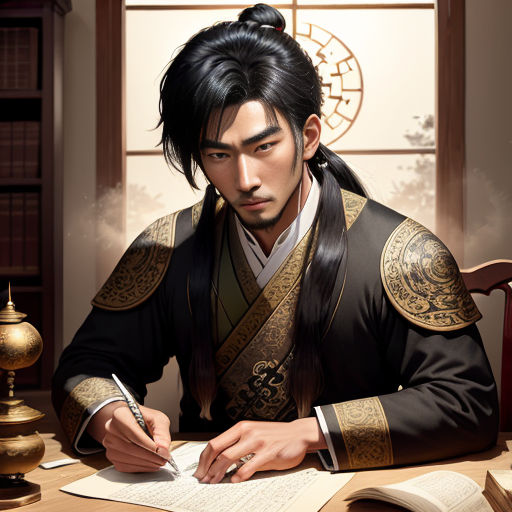
Despite its benefits, the compass was also a tool for colonial powers. It facilitated their conquests, leading to exploitation of resources and indigenous populations in new lands.
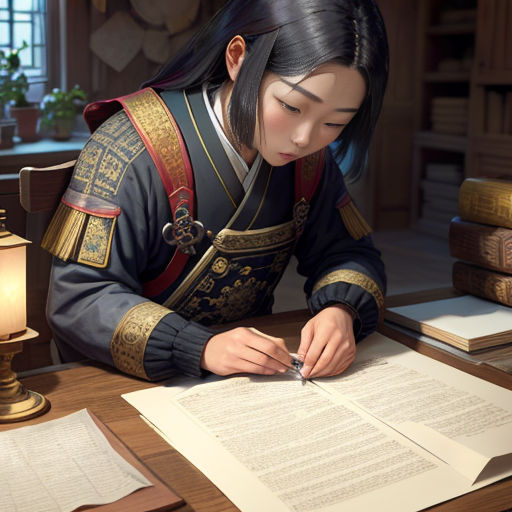
The four great inventions of ancient China had both positive and negative impacts. They spurred advancements in various fields but also came with unintended consequences.

This necessitates a balanced perspective in assessing their contributions. Emphasizing peace, friendly relations, and responsible information dissemination is vital.

It's essential to learn from history and take cautionary lessons from these inventions. The goal should be to mitigate the negative impacts while maximizing the positive ones.
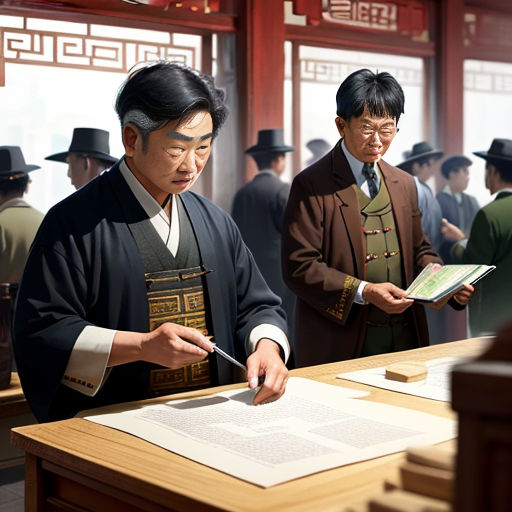
The invention of paper and printing led to the spread of knowledge, but also caused environmental damage and misinformation. It's crucial to promote responsible and sustainable paper production and fact-checking of information.
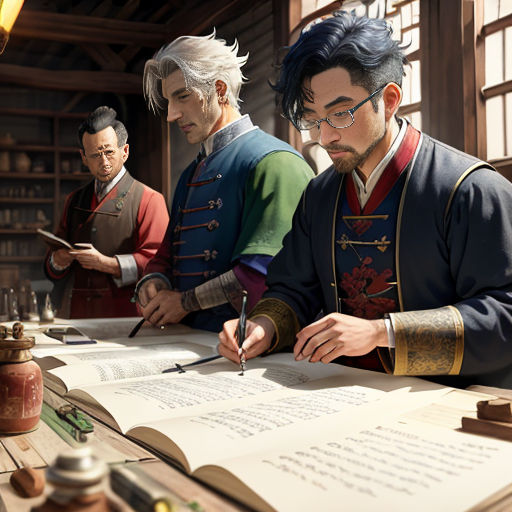
The discovery of gunpowder revolutionized warfare, but also caused destruction. It is necessary to advocate for peace and discourage the use of destructive weaponry.
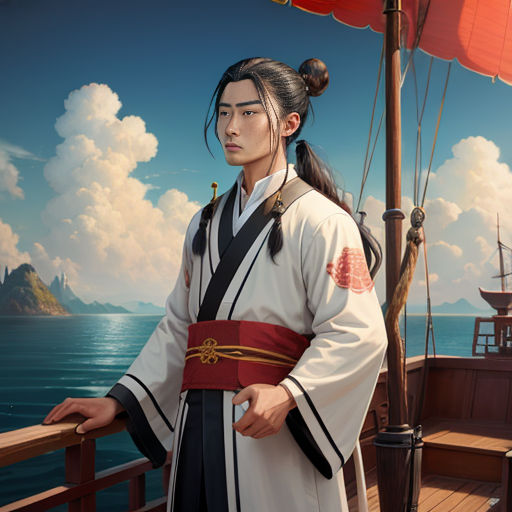
The compass, while promoting exploration and cultural exchange, also enabled colonialism. It's important to promote fair trade and respect for indigenous cultures.

The four great inventions are a testament to human ingenuity. Their value lies not just in their historical significance, but also in the lessons they offer for future technological advancements.

We must continue to cherish the contributions of these inventions. They are a rich part of our cultural heritage, reminding us of our collective journey of discovery and progress.

As we continue to innovate, we must also strive for balance. The pursuit of knowledge and progress should not come at the cost of peace, the environment, or the truth.

As inheritors of these great inventions, it is our responsibility to use them wisely. We must continue to explore, innovate, and grow, while protecting our environment and promoting peace.

In conclusion, the four great inventions of ancient China have left an indelible mark on human civilization. Their story is a powerful reminder of the dual nature of technological progress.

As we continue to forge ahead, let us be guided by the wisdom of the past. Let us strive to contribute to a future that honors the spirit of discovery, respects the environment, promotes peace, and upholds truth.

The story of the four great inventions is not just about the past, but also about the future. It inspires us to continue the legacy of innovation, while reminding us of the need for responsible and ethical use of technology.
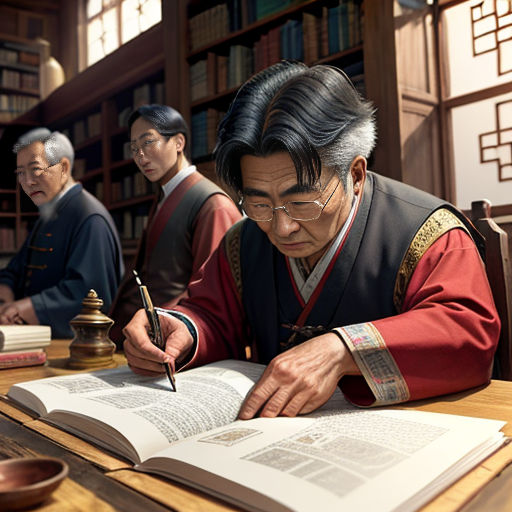
Let us remember Cai Lun, Bi Sheng, the alchemists and Zhang Heng, not just for their inventions, but for their spirit of curiosity and innovation. They are the torchbearers of human progress, inspiring us to strive for a better future.

As we stand on their shoulders, let us strive to make a positive difference. Let us use their inventions responsibly, to foster peace and prosperity, to protect our environment, and to illuminate the path to a better tomorrow.

The four great inventions of ancient China continue to inspire and guide us. Their legacy is a beacon that illuminates our path, reminding us of the power of human ingenuity and the responsibility that comes with it.

As we continue to innovate and create, let us remember the lessons of the past. Let us strive to make contributions that promote peace, protect the environment, and uphold truth, for the betterment of humanity.

The story of the four great inventions is a testament to the power of human creativity and the dual nature of progress. It is a legacy that we must cherish, learn from, and carry forward with wisdom and responsibility.

As we embark on our journey into the future, let us carry the legacy of the four great inventions with us. Let their story inspire us to create, innovate, and strive for a future that balances progress with peace, truth, and respect for our planet.

Let us remember that every invention, every discovery, has the potential to change the world. It is our responsibility to ensure that these changes are for the better, for the benefit of all humanity.
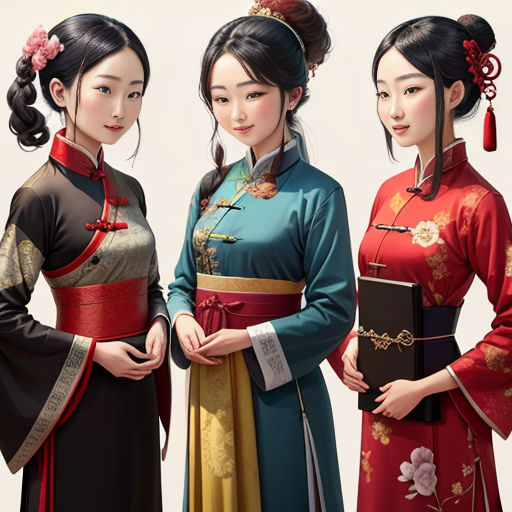
The four great inventions of ancient China stand as a testament to our past, a guide for our present, and an inspiration for our future. Let us cherish their legacy, learn from their lessons, and strive to make a positive impact on the world.